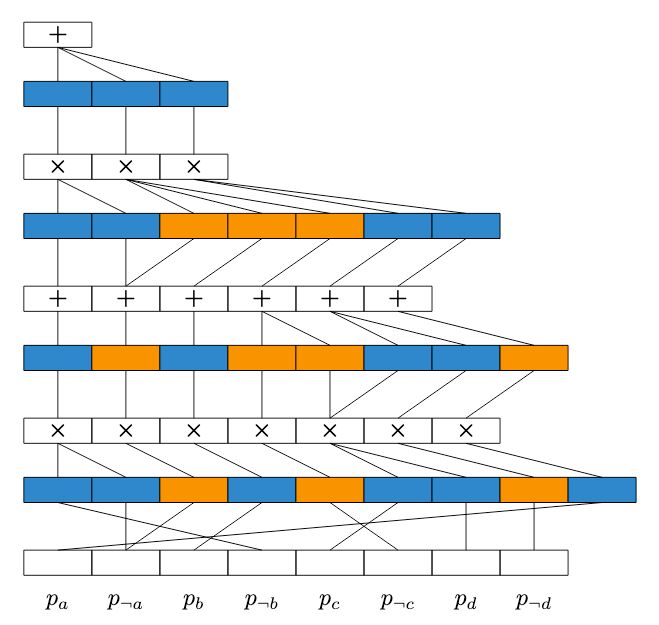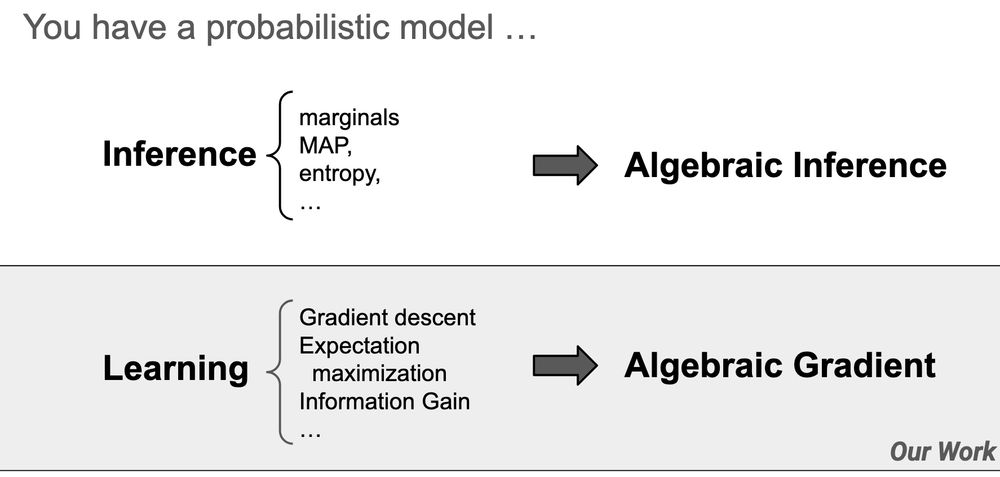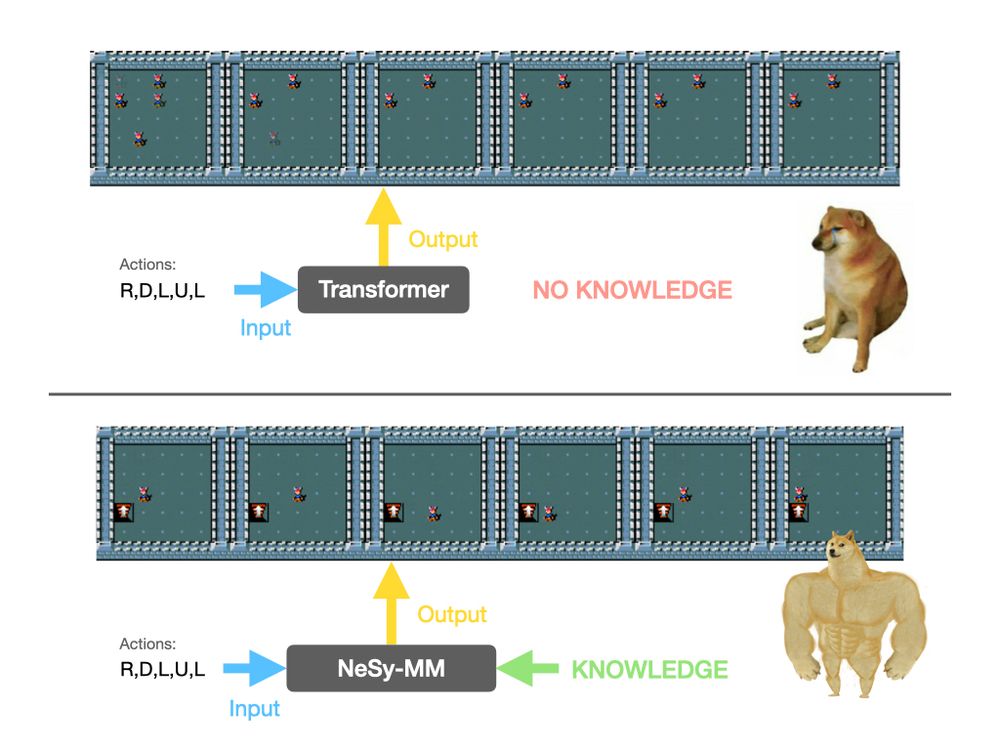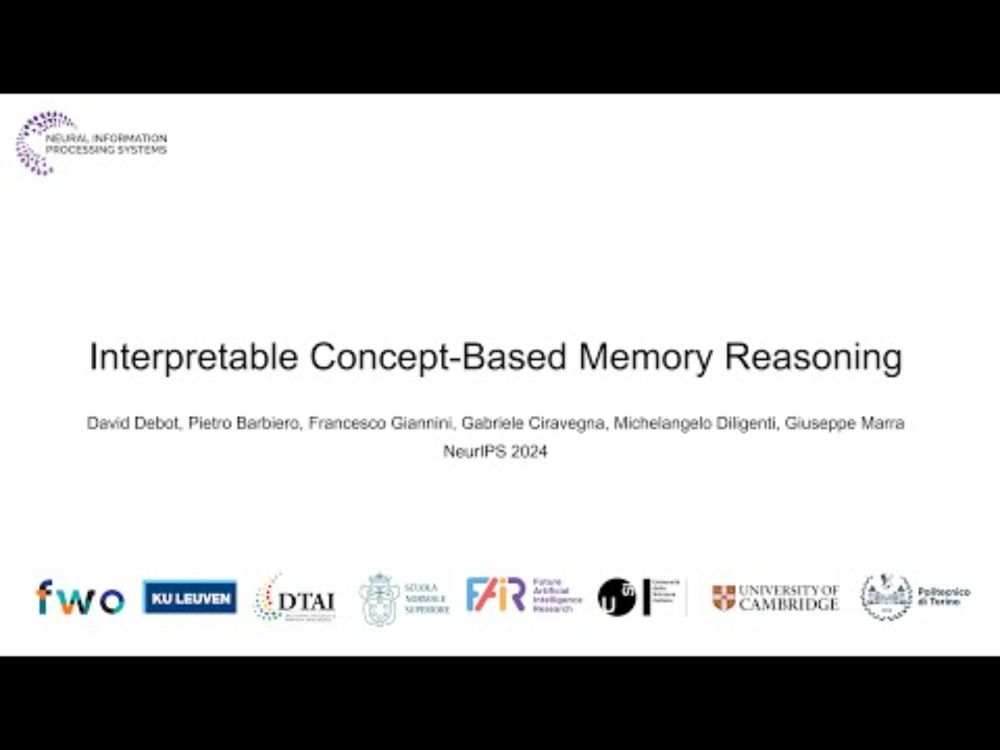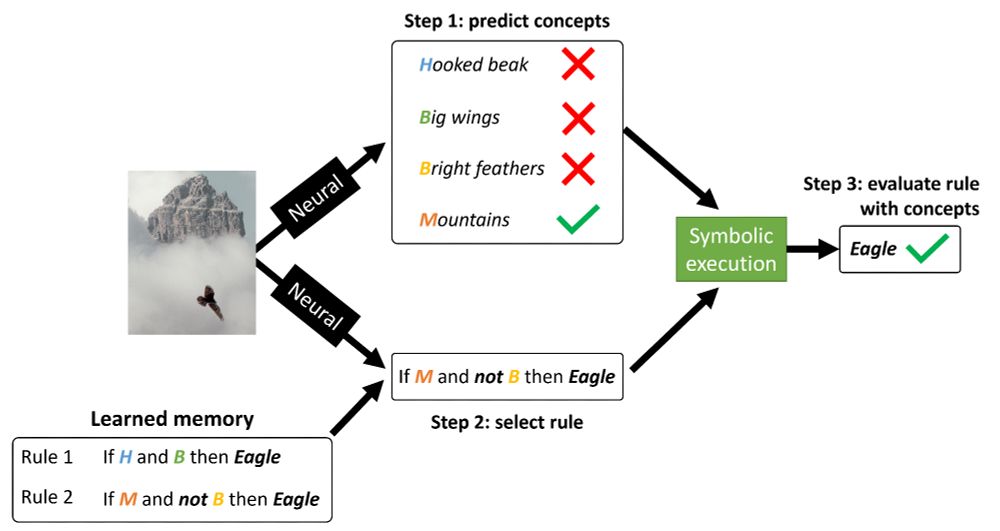David Debot
@daviddebot.bsky.social
180 followers
240 following
16 posts
PhD student @dtai-kuleuven.bsky.social in neurosymbolic AI and concept-based learning
https://daviddebot.github.io/
Posts
Media
Videos
Starter Packs
Reposted by David Debot
Reposted by David Debot
Reposted by David Debot
David Debot
@daviddebot.bsky.social
· Feb 24
Reposted by David Debot
Reposted by David Debot
David Debot
@daviddebot.bsky.social
· Feb 24
David Debot
@daviddebot.bsky.social
· Feb 24
David Debot
@daviddebot.bsky.social
· Feb 24
David Debot
@daviddebot.bsky.social
· Feb 24
David Debot
@daviddebot.bsky.social
· Feb 24
David Debot
@daviddebot.bsky.social
· Feb 24
David Debot
@daviddebot.bsky.social
· Feb 24
David Debot
@daviddebot.bsky.social
· Feb 24
David Debot
@daviddebot.bsky.social
· Dec 4
David Debot
@daviddebot.bsky.social
· Dec 4
David Debot
@daviddebot.bsky.social
· Dec 4
David Debot
@daviddebot.bsky.social
· Dec 4
David Debot
@daviddebot.bsky.social
· Dec 4

